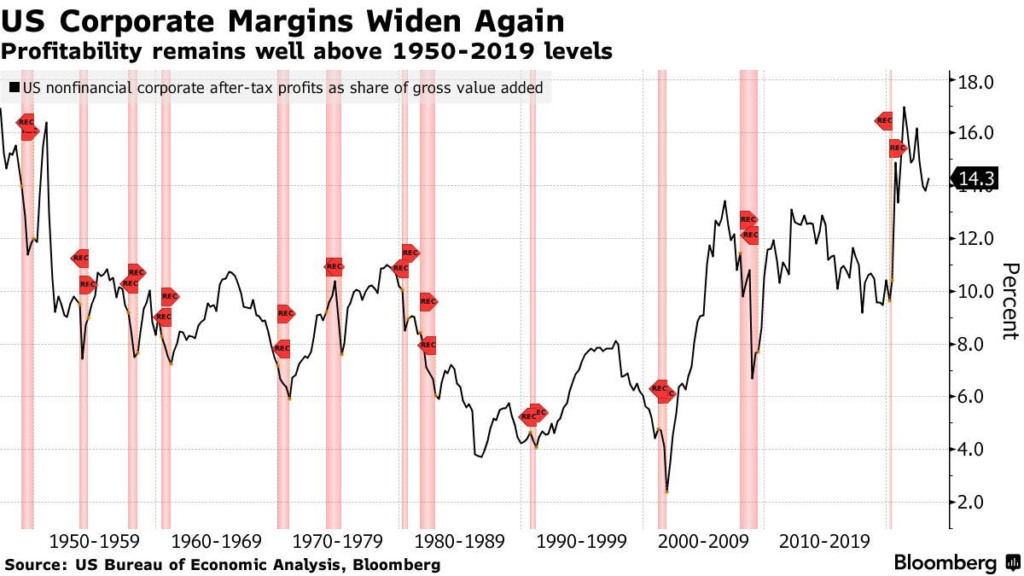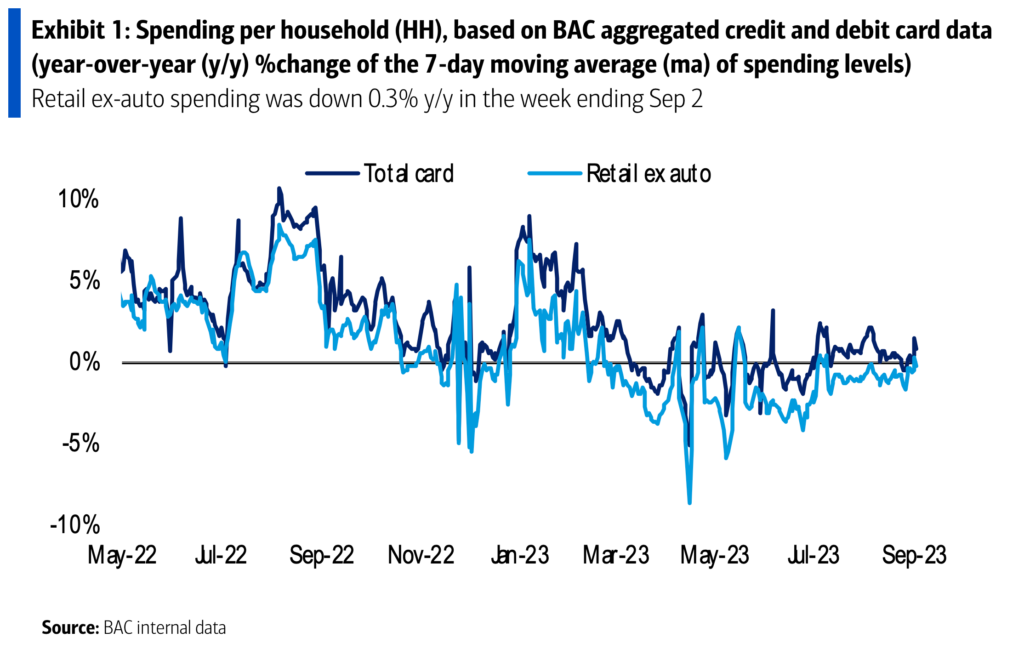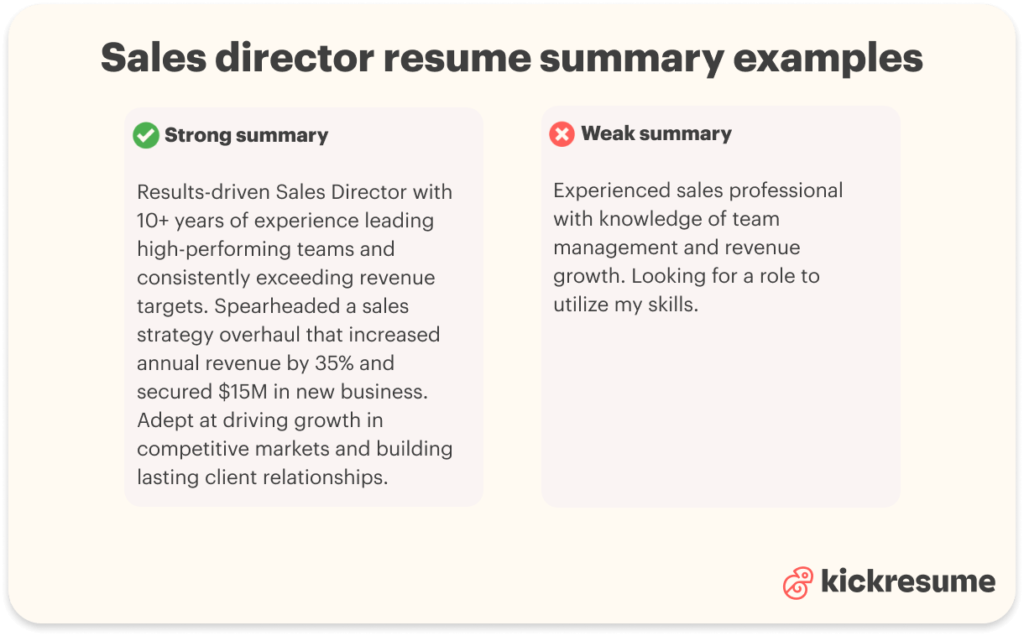When people hear about traffic management software, they don’t usually get excited—but Mattersoft is changing that. It’s a company that helps make roads safer and public transportation smarter. This article will explain what Mattersoft does, how it makes money, and why its revenue matters. By the end, you’ll have a clear picture—even if you’re just learning about the topic for the first time.
What Does Mattersoft Do?
Mattersoft is a software company that creates smart traffic and transport management solutions. It helps cities, governments, and transport agencies track, manage, and improve how vehicles move on roads. Think of Mattersoft as the brain behind smoother traffic lights, better bus schedules, and more accurate real-time travel information.
Using a mix of real-time data and predictive technology, Mattersoft tools collect traffic flow information, identify problem areas, and suggest solutions. For example, if there’s always a jam at a certain intersection, Mattersoft’s software will detect the issue, show what’s going wrong, and help city managers fix it. This doesn’t just save time—it can save lives.
So, what does Mattersoft actually provide? Their tools include dashboards for live traffic updates, reporting systems for traffic trends, and planning tools for public transportation. These tools are designed to be easy to use and accurate, giving officials the data they need to make better decisions.
How Does Mattersoft Make Money?
Mattersoft makes money by selling traffic data solutions, software subscriptions, and support services to governments and transportation agencies. Most of its income comes from long-term contracts with public sector clients.
Here’s how it works:
- Licensing Fees: Cities or state governments pay to use Mattersoft’s software. These licenses can last for years and are usually renewed annually or on a contract basis.
- Custom Software Projects: Sometimes, governments need tailor-made tools. Mattersoft earns money by building these custom systems.
- Training and Support Services: Even though their software is easy to use, Mattersoft provides technical support and training—which is another revenue stream.
- Cloud Services: Many clients use Mattersoft tools on the cloud. They pay monthly or yearly subscriptions for hosting and access.
These models help Mattersoft generate stable, recurring income, especially from clients that rely on their tools daily.
Who Uses Mattersoft’s Tools?
Mattersoft’s clients are mostly organizations involved in managing traffic, public transport, and city infrastructure. Their users rely on accurate data to make smart decisions that affect thousands—or even millions—of people.

State Governments
State departments of transportation are major customers. These agencies use Mattersoft’s software to monitor highways, track accident patterns, and plan long-term infrastructure improvements. Since state governments manage large-scale traffic systems, they need reliable tools to analyze and report on traffic trends. Mattersoft provides traffic insights, planning dashboards, and mobility tracking tools that make decision-making easier and data-driven.
Public Transport Companies
Bus systems, train operators, and regional transit authorities also use Mattersoft’s platforms. Why? Because they need up-to-the-minute data on passenger flow, route congestion, and delays. By analyzing this data, transit companies can optimize schedules, reduce wait times, and improve the rider experience. Mattersoft helps improve real-time transit analytics, schedule planning, and performance metrics.
City Traffic Managers
Cities are always trying to reduce congestion, pollution, and accidents. City traffic managers rely on Mattersoft tools to understand where traffic builds up, what time the roads are busiest, and which routes need adjusting. With the help of live traffic dashboards and road analytics, Mattersoft gives them the tools to make smart changes that improve driving conditions and public safety.
Why Is Mattersoft Revenue Important?
Revenue tells us how healthy a company is. In Mattersoft’s case, their revenue shows how much value cities and governments place on smart traffic systems. When their revenue grows, it usually means more cities are adopting their technology—which means safer roads, better bus routes, and more efficient travel for everyone.
Mattersoft’s revenue also reflects how technology is changing transportation. As more cities adopt intelligent traffic systems, companies like Mattersoft become more important. A strong revenue stream means Mattersoft can invest in better technology, hire more engineers, and create tools that can handle even larger, more complex road systems.
And from a business perspective, knowing how much Mattersoft earns gives insight into the growing industry of transportation analytics software. The bigger the revenue, the more competitive they are against similar companies in the smart traffic space.
How Big Is Mattersoft’s Revenue?
While exact numbers are not always publicly available, Mattersoft is known to work with multiple regional and national government agencies, especially across Europe and expanding markets like the United States. Based on typical contracts in the intelligent traffic systems market, it’s estimated that Mattersoft’s annual revenue ranges between $10 million and $25 million.
This range comes from combining several revenue streams:
- Multi-year contracts with public transit agencies
- Software licensing to municipal governments
- Cloud data services and analytics dashboards
- Technical training and customer support fees
In the U.S. market alone, cities and state agencies are expected to spend over $2 billion annually on traffic analytics and public transport software—so Mattersoft’s potential to grow is massive, especially if it secures more U.S. government partnerships.
What Affects Mattersoft’s Revenue?
Like all companies, Mattersoft’s revenue depends on several key factors. Some help it grow, while others can slow it down.

Government Budgets
Since most of Mattersoft’s clients are government agencies, their income heavily depends on public funding. If a city or state cuts its transportation budget, it might delay or cancel contracts. On the other hand, when budgets increase, Mattersoft sees more opportunities.
Governments that prioritize smart mobility and data-driven transport systems are more likely to invest in Mattersoft’s tools. Stimulus packages or federal grants for infrastructure often increase spending on traffic tech.
Technology Upgrades
As traffic systems become more complex, cities need better technology. When new tools or features are launched, clients may pay more for upgrades or switch to more advanced subscription packages. Technology innovation drives higher revenue, especially if Mattersoft stays ahead of the curve with new software features like AI-driven traffic prediction or real-time mobile reporting.
But staying updated requires investment. If Mattersoft doesn’t keep pace with newer competitors, they risk losing contracts to more modern platforms.
Competition
Mattersoft isn’t the only player in the field. Companies like Siemens Mobility, PTV Group, and Cubic Transportation Systems also offer traffic management tools. If these competitors offer cheaper or more advanced tools, Mattersoft could lose clients—or have to lower prices, which would hurt revenue.
That said, Mattersoft is known for being agile, user-friendly, and highly focused on public sector needs. That gives it an edge in winning and retaining clients.
Is Mattersoft Growing?
Yes, Mattersoft is growing. The company is actively expanding its presence in international markets, especially the United States. More cities are realizing the value of traffic data, and Mattersoft is positioned well to serve this need.
The global demand for traffic management and transportation analytics software is rising, and Mattersoft’s product line fits perfectly into this trend. With more governments investing in smart mobility, intelligent transport systems, and data-backed planning, Mattersoft’s customer base and revenue potential are both expanding steadily.
They are also forming partnerships with other infrastructure companies, which helps them tap into new projects and regions.
The Bottom Line
Mattersoft revenue might seem like a niche topic, but it tells us a lot about where the world is heading. With traffic growing every year and cities needing smarter solutions, companies like Mattersoft are becoming essential. Their software is used by state governments, public transport providers, and city traffic teams to make everyday travel smoother and safer.
The company earns money by selling smart tools, support, and services—and as more governments go digital, Mattersoft’s revenue will likely keep growing. The size of their revenue tells us they are a trusted player in this field, and their future looks promising as they expand in the United States.


